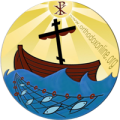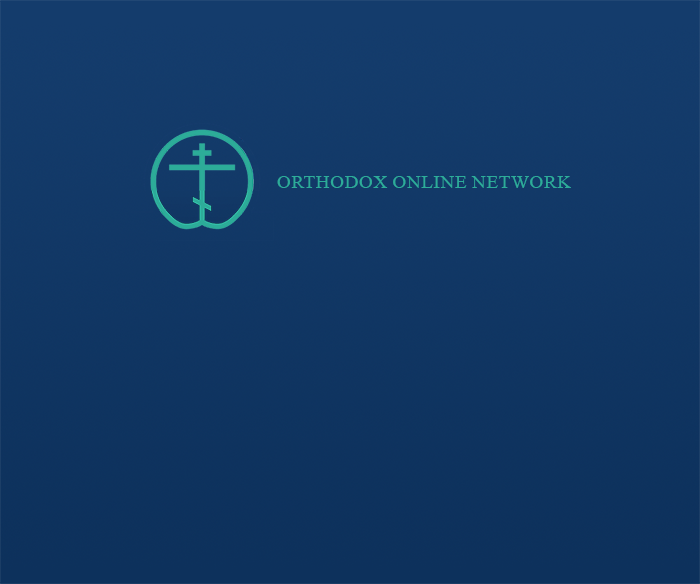It is a book in which the author uses many symbolic images known in apocalyptic literature, which forces the reader - if he wants to research the content of the book and its meanings - to some specialization, such as knowledge of the historical circumstances and ancient civilizations (ancient Near Eastern literature...) that influenced the formulation of expressions. The book also obligates him (the reader), essentially, to have a good knowledge of the books of the Bible. This is because the Revelation of Saint John was often interpreted or its meanings were misinterpreted to the point that it became, in the hands of heretics (such as today’s Jehovah’s Witnesses), the first book that the believing groups read in times of persecution and adversity and took comfort from it, a frightening tool and a weapon of destruction.
The Holy Bible, both the Old and New Testaments, contains two books that belong to apocalyptic literature: the Book of Daniel (early first century BC) and the Revelation of John (late first century AD), in addition to some texts that belong to the same trend (Zechariah 4 - 9; Isaiah 24-27, 34-35...). The Greek verb that expresses “apocalypse” means: reveal, reveal, remove the curtain, and in this perception that history passes like a line, another disappears in the mystery of God, and in order for God to support the hope of his people in persecutions and tribulations, he removes the curtain that obscures the end, so the vision appears as an ideal message. In hope, God reveals that He is the Lord of history and that He alone guarantees the end. The writer of the vision is a person who believes in God who is “faithful” to His promises, but he (i.e. the book) does not personally know the future. In order to know how God will end history, he returns to the past and pretends that he is writing in it, and then he passes through history quickly and when he reaches the time in which he lives, he jumps forward and casts to the end of times what he discovered of the active presence of God through his reading of history.
The Revelation of John differs from the Book of Daniel and the rest of the apocalyptic passages that preceded it, because the event of Christ’s death and resurrection destroyed everything and brought about the end of times. Therefore, the Revelation of John is a message to the Christian reader, preparing him so that this will be the end brought about by this saving event, for him, The truth of the history in which he lives.
The writer of the Revelation announced his name “John” in four places (1:1, 4, and 9; 22:8) and presented himself to his readers as a prophet and urged them to listen to the words of his prophecy (1:1-3, 22:7) Ancient Tradition: Justinus ( +155), Irenaeus (+202) considered that the writer of the Fourth Gospel was the same as the writer of Revelation. Clement of Alexandria (+215) in his book “Who is the Rich Who Will Be Saved?”, and Origen (+253) in his interpretation of the Gospel of Matthew, referred to the exile of the Apostle John to the island of Patmos (Revelation 1:9-10). This is what Eusebius (+340) took care to write in his talk about the persecution of Domitian, when he said: “In this persecution, the Apostle John the Evangelist, who was still alive, was sentenced to reside on the island of Patmos, because of his testimony to the divine word...” Eusebius cited a statement by Saint Irenaeus in which he mentioned what was related to the date of writing the book. He said: “The vision was not announced to him a long time ago, but rather it almost happened, in our generation, at the end of the reign of Domitian.” It is known that Domitian (90-96) during his time the Romans were accustomed to deifying their emperors, so he launched a terrible persecution against the Christians who refused to submit to the duty of worship to the emperor and did not declare him “Lord God.” Therefore, the writer is confronting the imperial authority, which is a “monster.” A tyrant thirsting for the blood of those who do not obey her commands, he warns those who have discovered that Jesus is everything and that he is the conqueror and the one who conquers (Revelation 6:2), to reserve for him (i.e. Christ) alone the title of “Lord and Lord,” and reminds them that they are witnesses with bare hands who have nothing but power. Their faith to bear witness before a society with little knowledge and hostile authorities. If they were squeezed and crushed in the press of the cross, then their suffering is a participation in the suffering of Christ, and therefore they, too, with Him, can sing the song of victory that the saved sing about (14-15).
Commentators have not neglected explaining the Book of Revelation, despite the ideas and facts it contains that are always expressed in symbols with meanings that are not easy to understand. An example of this is what the numbers symbolize (4- It symbolizes the world in its four directions; 6- It is the number of the Antichrist, the deceitful Satan; 7- It is a perfect number, the number of God who in the final battle will triumph over Satan- and his followers - represented by the number 6; Three And half (in its various forms) - symbolizes decrease (half of the number 7) and torment and times of tribulation; 12 - symbolizes Israel (the 12 tribes, 10, 100, or 1000 - each of them symbolizes the innumerable quantity...etc.); To him are the colors, the planets, the thrones... and the symbols that the book displays that refer to God the Father, the Son, the Holy Spirit, the angels, the devils, the church, or the saints... However, the interpreters, despite the symbolism in which the book was placed, considered it a book of prophecy. This is because it is a Christian book and acknowledges the Awaited Messiah as having come and that with his coming the fulfillment of time was achieved.
The writer of Revelation begins to express his message from the liturgical ceremonies of the first-century Church. Worship is the place where the whole Church encounters Christ from now on, and the sacraments are what make him present in our daily lives, and we celebrate this certainty that worship declares and which will be in the end. There is no doubt that the mysteries and apocalyptic literature speak of one end. If we say in rituals, “Thy kingdom come,” we trust that Christ, who is “the beginning and the end” (Revelation 22:13) and who is always present with us, helps us through the spirit of his Holy Father so that we can see this achieved kingdom and remain in it. Since now. Also, the Spirit itself, in worship, teaches us to call out to the Master, “Amen!” Come, Lord Jesus” (Revelation 22:20).
My parish bulletin
Sunday, September 22, 1996
Issue 38

